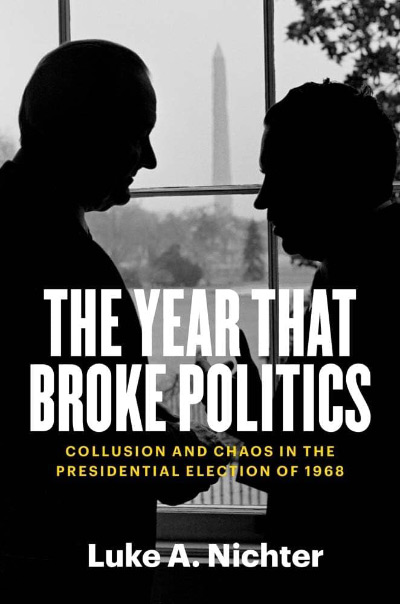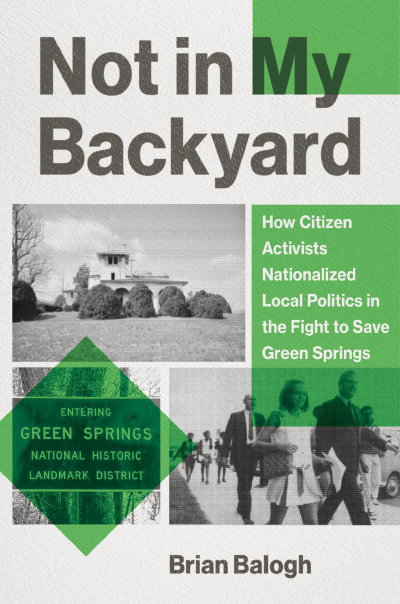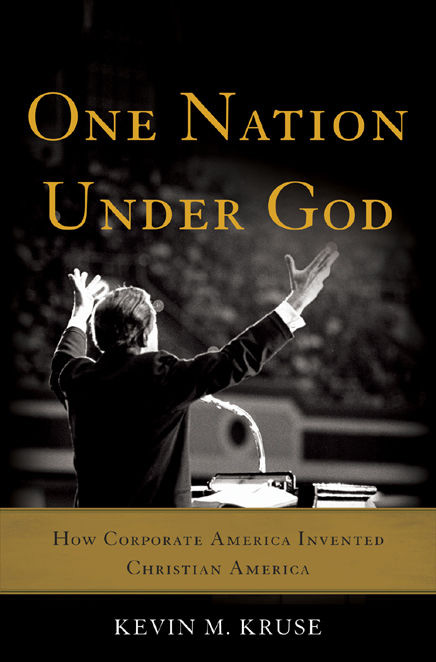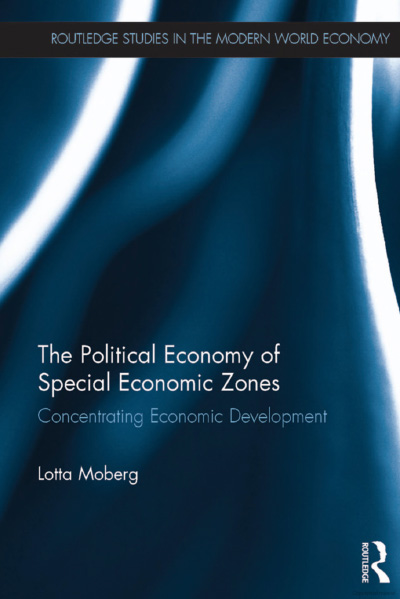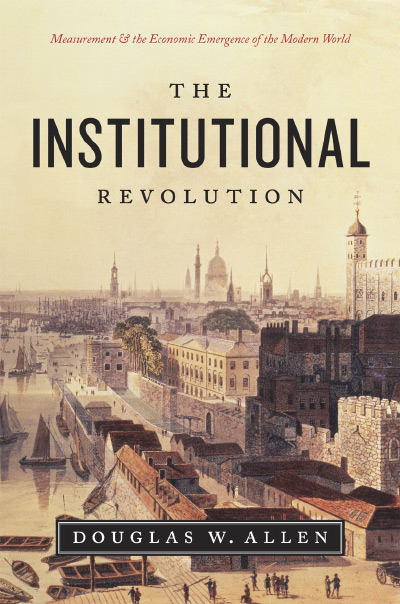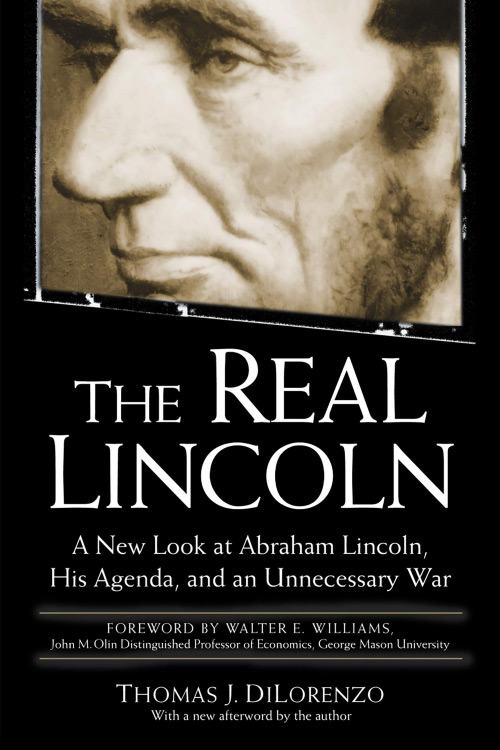As the title suggests, Terry Anderson and P. J. Hill’s new book is not about the exploits of Butch Cassidy, Wyatt Earp, Billy the Kid, or John Wayne. Rather, it is an analytical narrative about the property rights established in the North American West to allocate land and other exploitable assets, such as beavers, gold, silver, and water. I use the term analytical narrative because even though the book has a clear theory underlying its analysis, it does not present the kind of analysis that composes the daily diet of academic economists—there is neither a single equation nor any econometrics to lull the reader to sleep. The book’s informal style, however, should not cause the potential reader to suppose that its analysis is shallow. Anderson and Hill present a compelling history based a great deal of their own research as well as that of others who have studied property rights in the West. They also include considerable evidence in graphs, tables, and quotations from contemporary observers as well as from historians. Their approach will enable them to reach both academics and nonacademics.
The book consists of eleven chapters: 1, an entertaining introduction; 2, the framework used to analyze property-rights arrangements; 3, Native Americans’ property rights prior to the arrival of Europeans; 4, the U.S. government’s shifting policies toward Native Americans and Native American lands; 5, property rights over the beaver and buffalo; 6, property rights over gold and silver; 7, property rights of assets used in wagon trains; 8, property rights of cattle drives and range rights; 9, property rights in land; 10, water rights; and 11, implications for new frontiers. The only conspicuous absences with regard to property rights over resources are full accounts concerning timber and fisheries. This omission was apparently made for good reason, however: the authors stick to the subject areas they know best.
The underlying basis of the analytical framework is that well-defined and well-enforced property rights reduce the dissipation of value entailed by competition over property rights and their associated income streams. Because Anderson and Hill focus on a frontier, which is not an equilibrium situation, they develop hypotheses concerning the tendencies toward equilibrium. For the most part, the hypotheses are straightforward, sensible, and already well developed in the economic literature. For example, Anderson and Hill argue that as resources become more valuable, people will devote more effort to defining, redistributing, and enforcing property rights. (I wish they had added that the additional stream of rents from a better definition of property rights, as compared to the status quo, drives the effort to define or rearrange property rights.) Two hypotheses pertain to technological change that can drastically alter the costs of defining and enforcing property rights. Technological change can also alter how goods are produced, thereby influencing who supplies what in productive activities.
Four hypotheses involve the optimal size of the collective that assigns property rights or, given that the collective has a predetermined size, the implications for the likely assignment of property rights. Anderson and Hill argue that the more mobile resources are or the larger the geographic scale of the production unit is, the larger will be the collective that defines and enforces property rights. This result is analogous to the implications in public finance concerning externalities and spending and taxing units. The authors argue strongly that because members of smaller collectives have a greater share of the residual profit, they will have a greater tendency to reduce transaction costs. If the narrative has any villains, they are the larger collectives, such as the
U.S. government in general. Anderson and Hill argue convincingly that larger collectives tend to have a comparative advantage in force and to be more heterogeneous, so they are more likely to redistribute property rights than to exchange them—to opt for “raid” instead of “trade,” as the authors sometimes phrase it.
In the analysis of the property rights established by Native Americans, the tribes get high marks. Anderson and Hill argue that over time the rights evolved in ways consistent with their hypotheses. For example, many tribes established private rights to land for farming, especially in arid regions. On other occasions, collective rights were more appropriate, as, for example, in hunting buffalo prior to the introduction of the horse. What we cannot predict is the timing. How long do rights take to evolve? How much reinvention of the wheel of property rights occurred, or did tribes learn from each other? Did any tribes get the rights wrong? Some evidence exists that the Anasazi of the Southwest disappeared in part because of an inability to develop property rights conducive with changing conditions of scarcity. Anderson and Hill argue that the Native Americans’ encounters first with the colonists and later with the
U.S. government prior to the Civil War involved more mutually wealth-enhancing trades than conflict. They argue that conflicts increased dramatically following the war because of the existence of a standing army (and the incentive structure within the army, such as higher pay during conflicts) and because of white population growth and political pressure to move westward.
The chapter “Traders, Trappers, and Hunters” contains a fascinating account of changing property rights, in particular those associated with beaver, and the near extinction of the buffalo. In the United States—in contrast to Canada, where the Hudson’s Bay Company had a monopoly of the fur trade—property rights to beaver or trapping rights never developed fully, in large part because rules restricting entry were difficult to develop. As a result, between 1820 and 1840, trappers in the United States nearly drove the beaver to extinction. The beaver were saved by two factors: a shift in European tastes toward silk and away from furs; and the animal’s amazing ability to procreate. Anderson and Hill’s analysis of the near extinction of the buffalo may take some property-rights devotees by surprise. Although establishing property rights to buffalo was difficult because of the great expanses over which they roamed, this difficulty was not the primary cause of their near demise. Rather, the buffalo were nearly wiped out because more manageable, docile, close substitutes for them existed: cattle. I would add a complementary explanation. Because of body makeup and an innate propensity to roam, the buffalo need to eat more than cattle to put on the same body weight. If livestock raisers are interested in meat production, this attribute makes cattle the superior alternative.
Anderson and Hill’s chapter on gold and silver mining is brief but carries important messages. For placer mining of gold, individuals successfully gathered into quasi-governmental mining camps whose primary functions entailed the establishment of property rights and the adjudication of disputes. The result was little violence within or across mining camps. For quartz mining of silver, individuals could not settle disputes over subsurface rights to follow a vein of silver, but the Nevada legislature’s first order of business was to enact statutes to clarify property rights. Here we have a case of government overriding the private “race for property rights.”
In analyzing the organizational structure of wagon trains, Anderson and Hill show that again cooperation was more common than conflict. A theme of this chapter—and one of the book’s most important contributions—is “the race for property rights,” a simple but powerful idea. Unless somehow prevented (by governments or private organizations), individuals have an incentive to migrate too early in order to establish property rights before others do so. The earlier people start the race, the more resources are dissipated. This “race” is analogous to people’s sleeping outside a ticket office in order to capture a ticket to a rock concert.
Anderson and Hill discuss the property rights to cattle and ranching in two chapters. By branding cattle, ranchers could allow their cattle to roam widely in search of grass yet still establish their property rights by means of the cooperative roundup. The authors speak glowingly of the benefits of cattlemen’s associations in preventing the overstocking of ranges by preventing excessive entry. I recall the evidence on this point as being more mixed. They also argue that the conflict on the range was more between ranchers and sheepherders than between ranchers and homesteaders. It is true that little actual violence occurred between homesteaders and ranchers, but this peace prevailed because the outcome was clear: ranchers had a comparative advantage in violence, so homesteaders would have been foolish to encroach on range rights without the protection of the U.S. Army. Ironically, it was Teddy Roosevelt, a rancher, who eventually upheld the homesteaders’ rights. This is not to claim that the Homestead Act encouraged sensible settlement; far from it, as Anderson and Hill make clear. For most of the West, the Homestead Act encouraged settlers to invest resources not only prematurely but for naught because the farms, statutorily restricted in size, were too small to make economic sense in the arid West. A large percentage of farms on the plains went belly-up in the 1920s, following the agricultural bust of 1920.
Water policy comes under scrutiny in the penultimate chapter. Anderson and Hill provide an interesting account of the origins of prior appropriation—indeed, one of the best accounts I have read. They also lambaste the activities of the Army Corp of Engineers as well as those of the Bureau of Reclamation, most of whose projects would never have passed a benefit-cost test. This “reclamation” activity started what continues today to be a massive redistribution of federal taxpayers’ money to the West.
In their concluding chapter, “New Frontiers,” Anderson and Hill make the case for a better definition of property rights in developing countries. They draw on the work of Hernando de Soto to show the potential of secure and transferable property rights for improving the lives of many poor people around the globe. The reservation I have with this view is that the status quo exists for a reason—namely, that in the status quo some politically influential people are winning. Before we can move to the de Soto world, we need to have a better understanding of “political property rights” so that we can think creatively about how to make the appropriate side payments to move toward secure and transferable property rights. With these rights in place, mortgage markets can flourish around the world, improving the lives of millions. The difference between the developing world today and the U.S. western frontier is that the institutional entrepreneurs of the not so Wild West did not face so much resistance as today’s advocates face in establishing more secure private-property rights in the Third World. Despite this minor reservation, I commend Anderson and Hill for writing a tremendously readable account of the role of property rights in the American West that should have an impact on academics, policymakers, and interested lay readers.
| Other Independent Review articles by Lee J. Alston | |
| Summer 2010 | Law, Informal Rules, and Economic Performance: The Case for Common Law |
| Summer 2001 | Policies, Institutions and the Dark Side of Economics |



